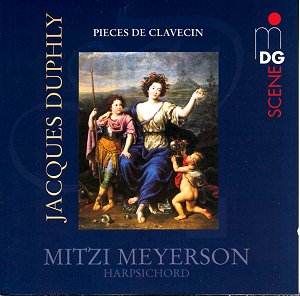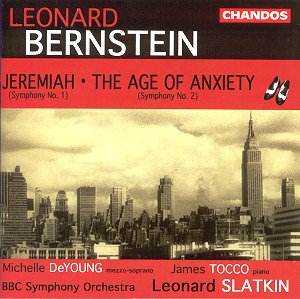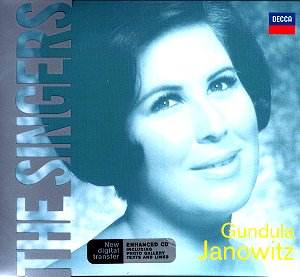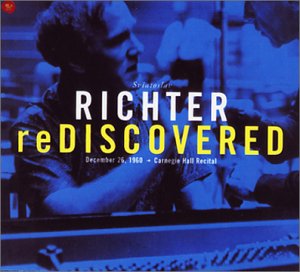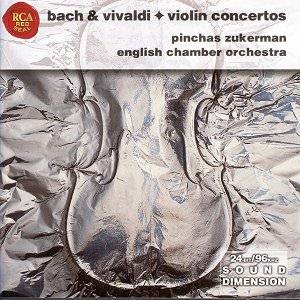 Composer: Antonio Vivaldi
Composer: Antonio Vivaldi
Works: Violin Concerto in C major, RV 187; Violin Concerto in D major, RV 209
Performers: Pinchas Zukerman (violin), Jose-Luis Garcia (violin), English Chamber Orchestra
Recording: Rec 1992
Label: RCA
Antonio Vivaldi, one of the most prolific and influential composers of the Baroque era, is often celebrated for his vibrant concertos that showcase the violin’s capabilities. Among his considerable output, the two concertos featured in this recording, the Concerto in C major, RV 187, and the Concerto in D major, RV 209, exemplify his characteristic style—marked by rhythmic vitality, melodic inventiveness, and a striking use of orchestral color. These works, while not as frequently performed as some of his more famous concertos, still exhibit his signature flair for dynamic contrasts and engaging dialogue between soloist and orchestra.
Pinchas Zukerman’s interpretation of these works, accompanied by the English Chamber Orchestra, reveals a deep understanding of Vivaldi’s idiomatic writing. Zukerman’s choice to perform in modern pitch with contemporary instruments provides a clarity and brilliance that resonates with today’s audiences, though it sometimes sacrifices the raw authenticity that period instruments might impart. His playing in the C major concerto is both spirited and lyrical, capturing the essence of Vivaldi’s exuberance while infusing a personal warmth into the fast-paced outer movements. The Allegro, with its playful exchanges and buoyant rhythms, benefits from Zukerman’s agile technique and expressive phrasing, creating an engaging conversation with the orchestral ensemble.
In the D major concerto, Zukerman’s approach is equally compelling, characterized by a subtle interplay with Jose-Luis Garcia, who joins him as a second soloist in the Double Concerto. Here, the balance achieved between the two violins is particularly noteworthy, with both performers blending their voices in a manner that reflects the equal partnership Bach likely envisioned. The dialogue in the second movement, Largo, is especially poignant, as the two violinists engage in a delicate call-and-response that highlights their technical prowess while also showcasing their interpretive sensitivity.
The recording quality, remastered from its original 1992 release, offers a satisfying auditory experience. The engineering captures the richness of the orchestra’s sound while placing Zukerman’s violin forward in the mix, allowing listeners to appreciate the nuances of his playing. Although this forward placement can occasionally lead to an exaggerated presence of the soloist, the overall balance still serves the music well, particularly in the more intricate passages where detail is paramount. The clarity of sound permits listeners to discern the orchestral textures, enhancing the immersive experience of the performance.
While Vivaldi’s concertos are undeniably skillful, they may seem somewhat overshadowed when placed alongside Bach’s more profound works, which are also included in this collection. The contrast is palpable; Bach’s concertos reveal a deeper exploration of harmonic and emotional complexities. For instance, Zukerman’s handling of Bach’s transcribed Concerto in G minor, BWV 1056 is particularly engaging, as he navigates its intricate counterpoint with both precision and expressiveness. This juxtaposition highlights the varying depths of Baroque music, allowing the listener to appreciate the distinct qualities of each composer.
The accompanying booklet provides informative insights into the repertoire, though its grey patterned paper makes for challenging readability—a minor but notable oversight given the otherwise high production values of this remastered edition.
This recording serves as a testament to the enduring legacy of both Vivaldi and Bach, showcasing the interpretive artistry of Pinchas Zukerman and the deft musicianship of the English Chamber Orchestra. While the Vivaldi concertos may not reach the same heights of inspiration as their Bach counterparts, the performances are executed with commendable skill and vitality. The recording is a worthy addition to the catalog, appealing to both seasoned listeners and newcomers to Baroque music. The vibrancy and technical brilliance displayed here affirm Zukerman’s status as a masterful interpreter, making this collection an engaging exploration of two giants in the Baroque canon.
